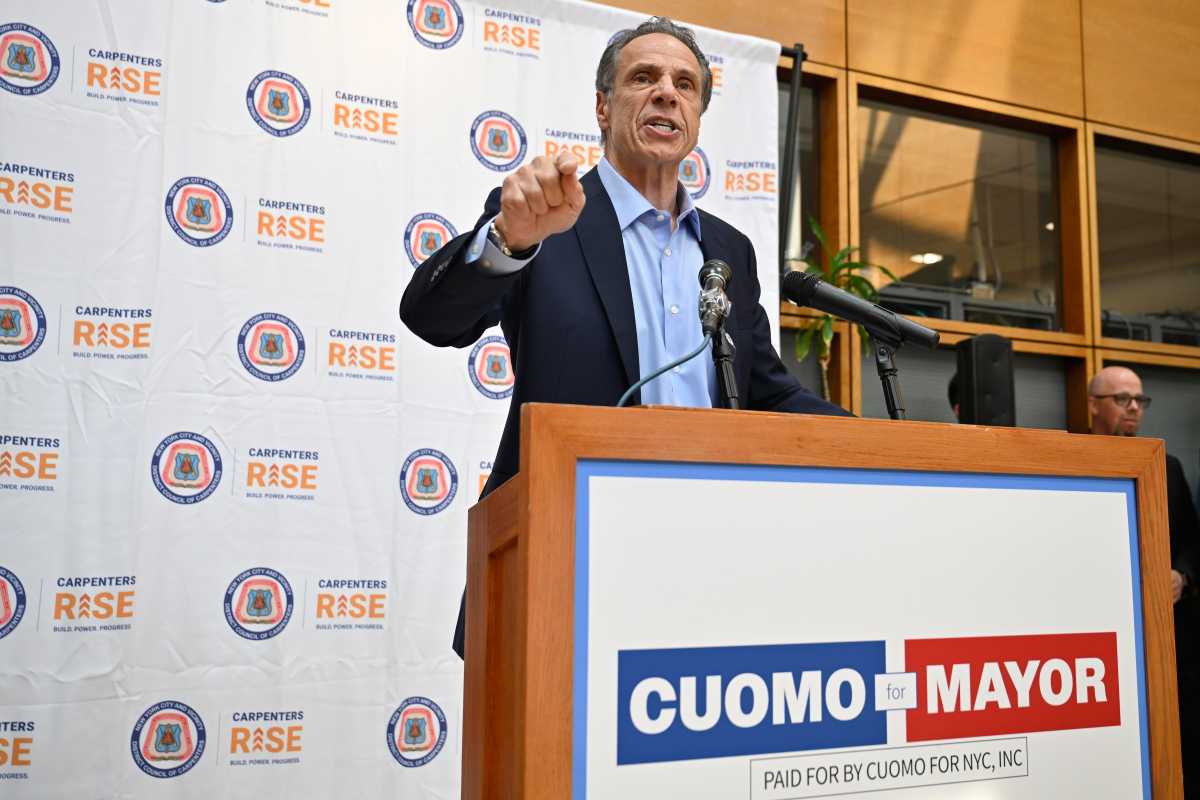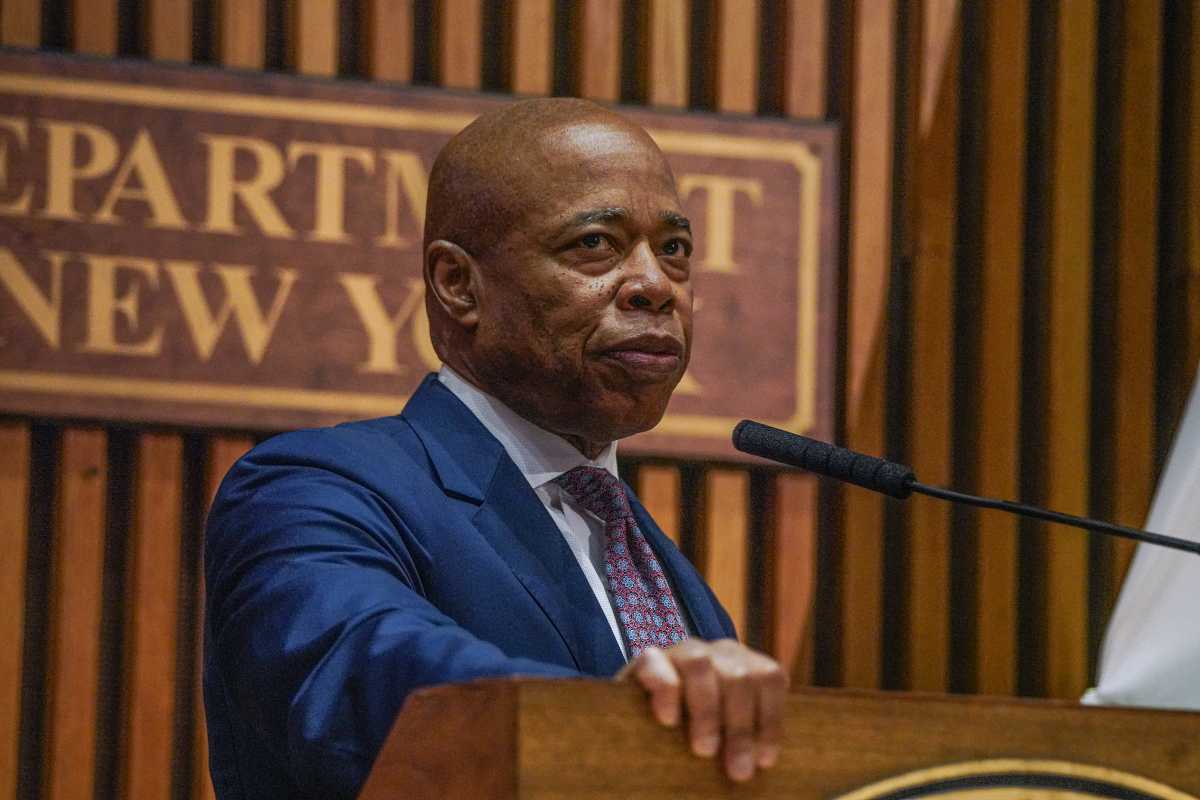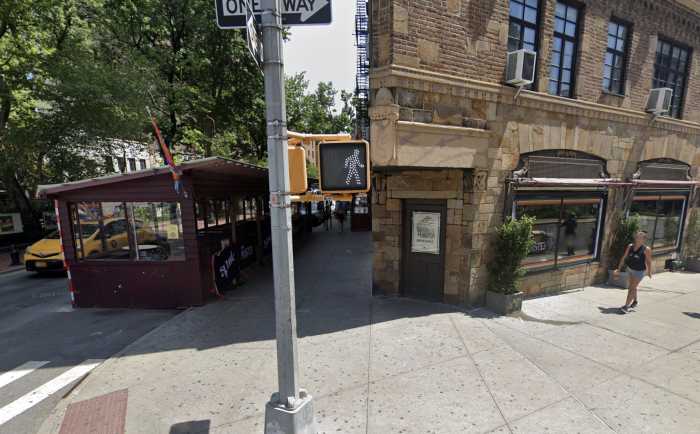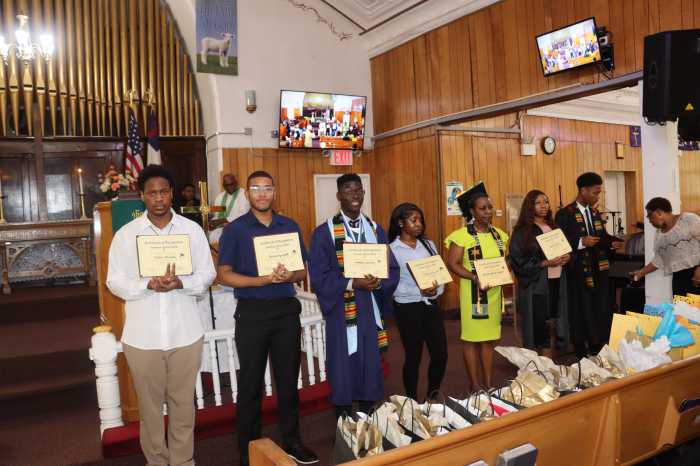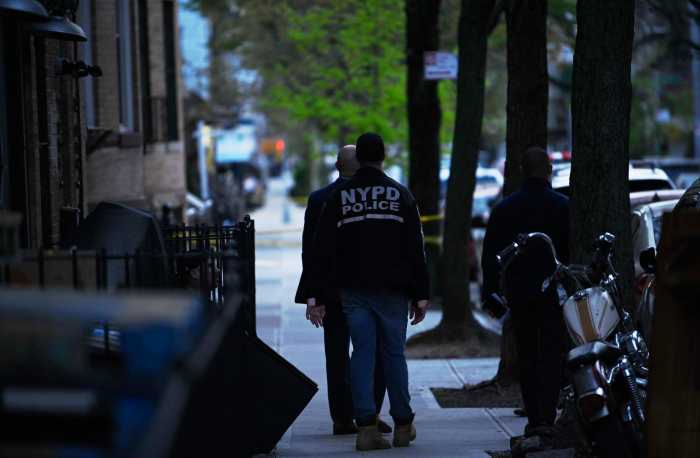Tim Hetherington was a special man. The outpouring of sadness we are witnessing from the community of journalists and artists who lived and worked alongside him is a mirror of his personal aura. His bravery, his determination, his humanitarian spirit, his humor, and his killer smile were all part of that.
He was keenly intelligent, with a take-no-prisoners clarity about his intentions. He wasn’t interested in journalism per se, but only insofar as it was a useful vehicle for dissemination of ideas. He was hugely talented — and not just as an image-maker, though his best photographs are hallucinatory and unforgettable.
The book that I published in 2009, “Long Story Bit by Bit,” represented 10 years of his life and work in West Africa, not just working as a photographer (though he was captured there by warlord Charles Taylor’s forces, threatened with death and dismememberment, then suddenly released) but also as an investigator for the fledgling Truth and Reconciliation Commission. His knowledge of the place was the opposite of superficial. He knew it well, deeply, and the result was a very serious and profound body of work that asks why that civil war and its atrocities happened, and deconstructs the place, yes, “bit by bit,” in real, lived time.
It’s a book you have to give yourself over to. It includes a number of images that are unbelievably beautiful (and terrible) as only war photography can be. One shows a massive wasted freighter caved over as a tiny skiff sails by — a Gulliver-like image, or perhaps a weightier statement concerning the Death of Imperium and the adaptive lightness of indigenous tradition. Or consider Tim’s subsequent work in Afghanistan (which resulted in the 2010 Oscar-nominated documentary film “Restrepo”) that he presented as an art installation entitled “Sleeping Soldiers,” the most memorable piece in the 2010 NYPhotoFestival — everyone was talking about it. It was iconic, a veritable Red Badge of Courage. Was the soldier sleeping, or was he dead? The metaphor was like a hot breath — crowds stood before it mesmerized.
He would have been seen soon — very soon — as one of the greats. Like Don McCullin or Eddie Adams. He was prolific, gathering awards like moss. Already he had won four coveted World Press Photo of the Year Awards, fellowships from the National Endowment for Science, Technology, and the Arts, as well as a grant from the Hasselblad Foundation. He released two other films, “Liberia: An Uncivil War” (2004) and “The Devil Came on Horseback” (2007). Instead, his death will mean we remember him like the fantastic color photographer Larry Burrows, who lost his life in the Vietnam War. Tim was an enormously gifted man whose best was still to come, who nonetheless left us with a record of humanity that is profound and unfailingly true.
Nan Richardson is publisher of the DUMBO-based Umbrage Editions.





